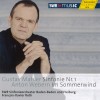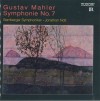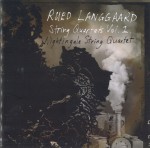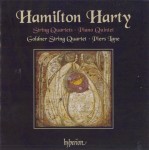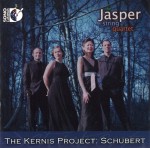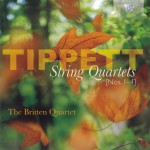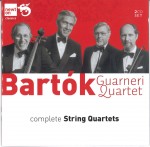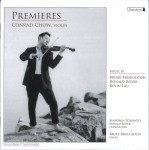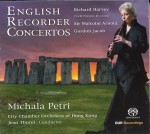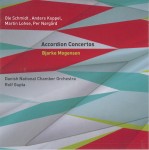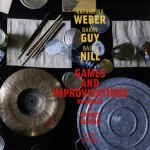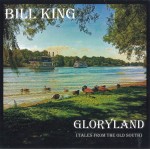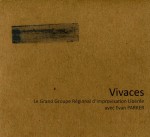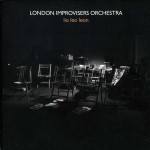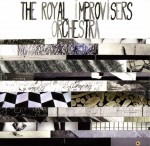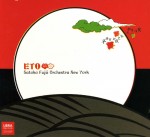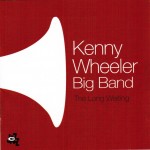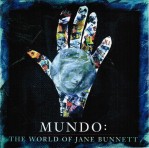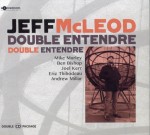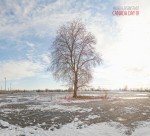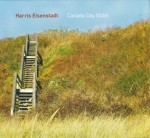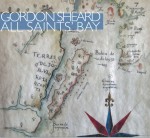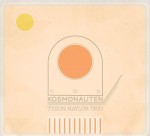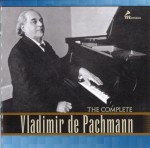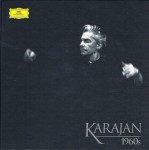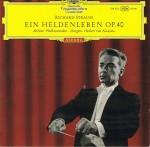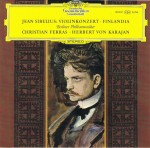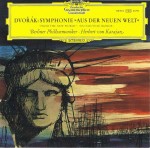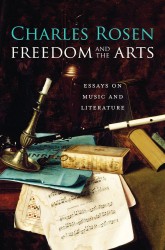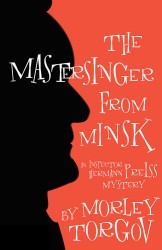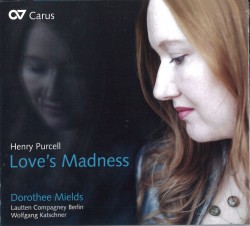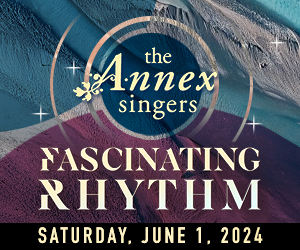Schumann

 Schumann – Piano Concerto in A minor
Schumann – Piano Concerto in A minor
Angela Hewitt; Deutsches Symphonie-Orchester Berlin; Hannu Lintu
Hyperion CDA67885
Schumann – Chamber Music
Nash Ensemble
Hyperion CDA67923
Schumann – Piano Quintet; Piano Quartet
Alexander Melnikov; Jerusalem Quartet
Harmonia Mundi HMC 902122
 Robert Schumann once wrote: “In order to compose, all you need to do is remember a tune that nobody else has thought of.” If only it were as simple as that! Whatever mental afflictions Schumann may have suffered over the course of his lifetime, there is no denying his place among the great Romantic period composers, and three recent discs will surely please all those who delight in music by the master from Zwickau.
Robert Schumann once wrote: “In order to compose, all you need to do is remember a tune that nobody else has thought of.” If only it were as simple as that! Whatever mental afflictions Schumann may have suffered over the course of his lifetime, there is no denying his place among the great Romantic period composers, and three recent discs will surely please all those who delight in music by the master from Zwickau.
When Ottawa-born pianist Angela Hewitt made the world take notice back in 1985, it was for her interpretation of Bach. Since then, she has proven her talents extend much further, and this Hyperion CD featuring the Schumann Piano Concerto Op.54 plus two lesser-known works for piano and orchestra with the Deutsches Symphonie-Orchester Berlin under the direction of Finnish conductor Hannu Lintu is a case in point. The concerto was completed in 1845 as a gift for Schumann’s wife, concert pianist Clara. It proved to be an instant success, with one critic noting the “beautiful alliance” between orchestra and soloist. Here, Hewitt and the DSOB comprise a formidable partnership, her technical brilliance pairing splendidly with the warmth of the orchestra’s strings and woodwinds. The inclusion of the Introduction and Allegro appassionato Op.92 and the Introduction and Concert-Allegro Op.134 are added bonuses, rounding out this most satisfying recording.
I’ve long been a huge fan of the London-based Nash Ensemble. As resident chamber ensemble of Wigmore Hall, it has rightfully earned a reputation for musical excellence, and this latest offering (also on Hyperion) featuring Schumann’s smaller chamber music, is no exception. All the music here was composed between 1849 and 1853, and includes the Märchenbilder Op.113 for viola and piano, the Märchenerzählungen Op.132 for clarinet, viola and piano and the Violin Sonata No.1 Op.105. The playing is elegant and intelligent, whether it be the elegiac opening to the Adagio and Allegro Op.70 for horn and piano or the cheerful optimism of the finale from the clarinet and piano Fantasiestücke Op.73.
Schumann had scarcely written any chamber music before 1842, but before that year was out, he had produced three string quartets, a piano quartet and a piano quintet. Both the piano quartet and quintet are presented on a recent Harmonia Mundi recording featuring the Jerusalem Quartet with pianist Alexander Melnikov. Now a major player amongst chamber ensembles, the Jerusalem recently won its third BBC Music Magazine award and together with Melnikov, has produced an exemplary recording. The playing is confident and exuberant without being bombastic (as is often the case in other recordings of these pieces), with Melnikov displaying a particular sensitivity to the demands of the score. Do I foresee another award for this ensemble in the near future? With this level of quality, it wouldn’t be surprising.
In all, these are three fine additions to the catalogue — great music, superbly performed. We can hardly ask for more.



